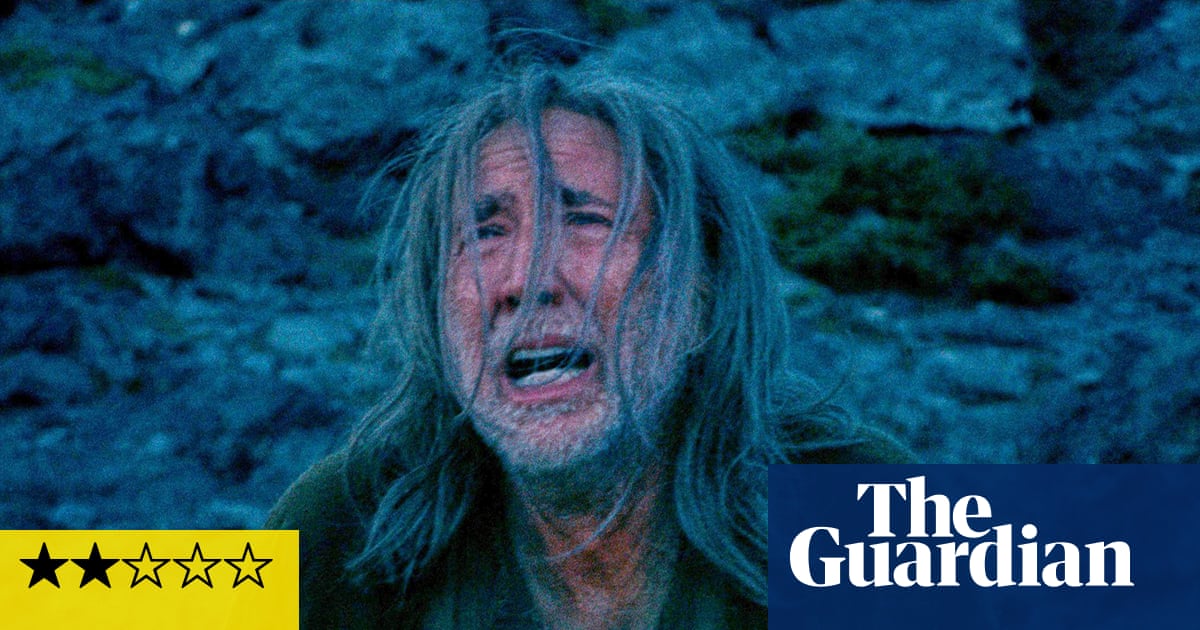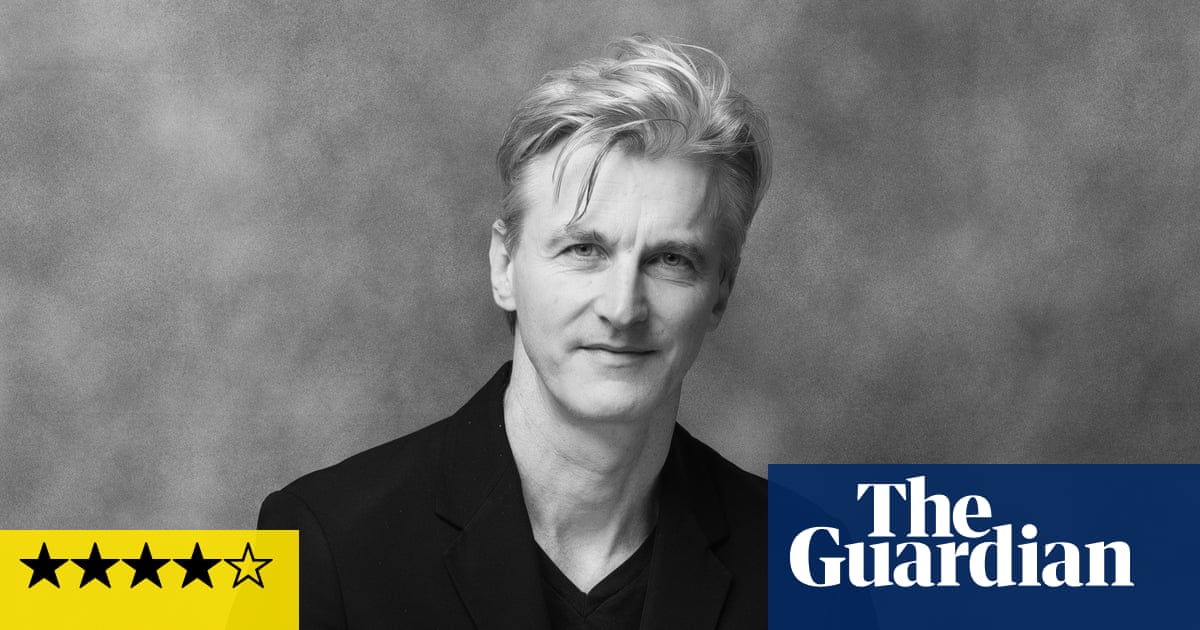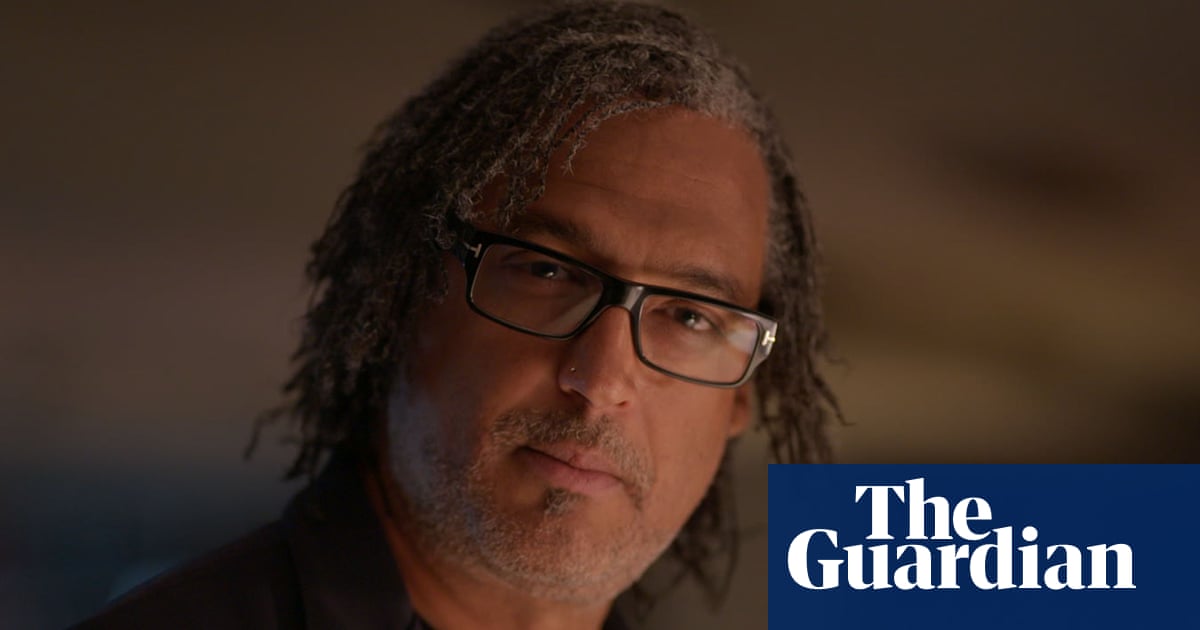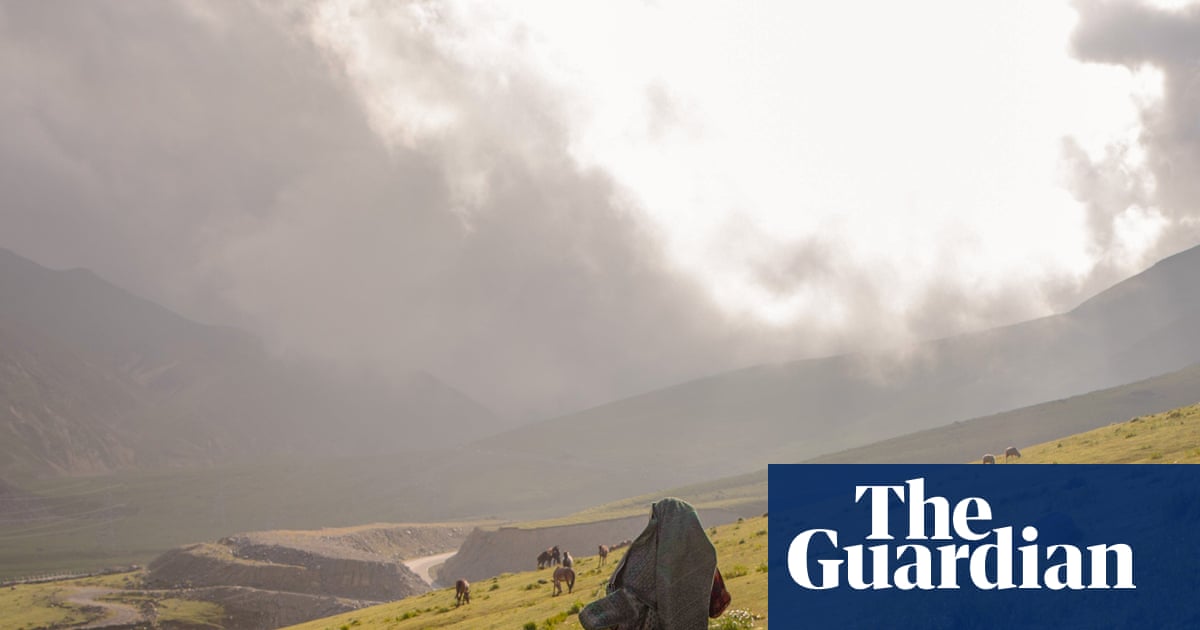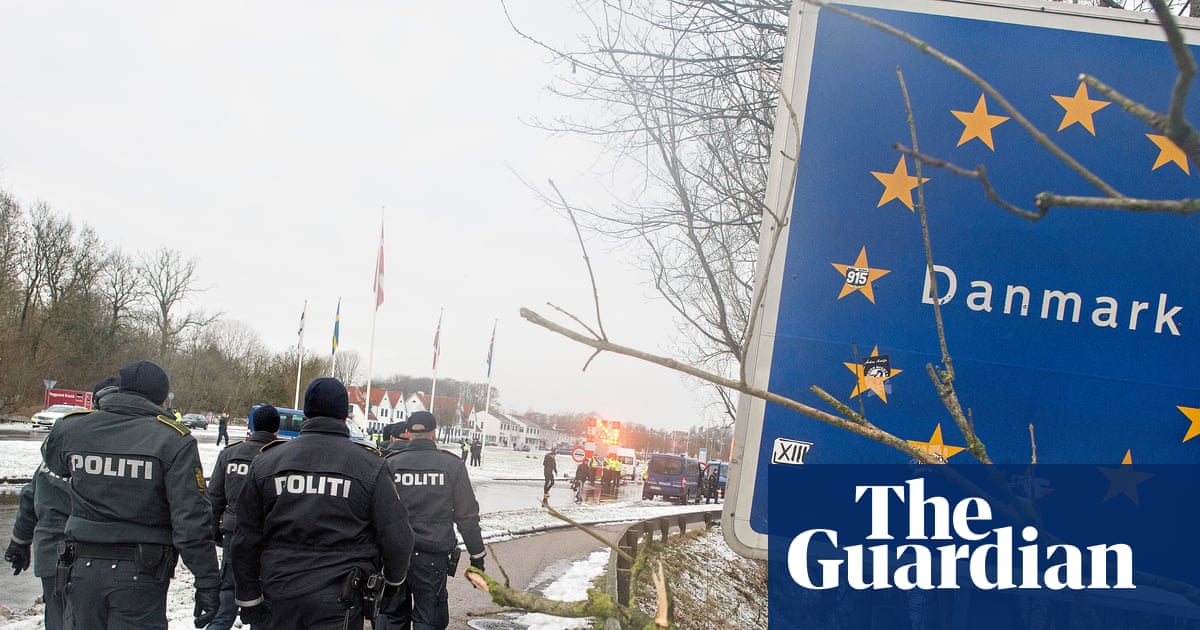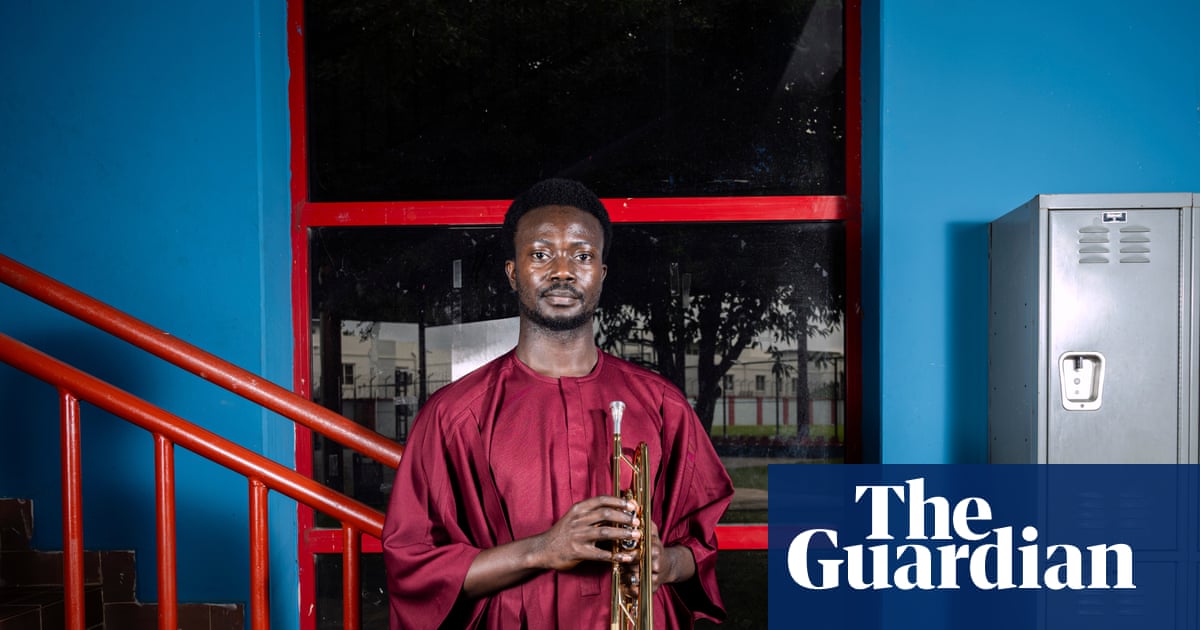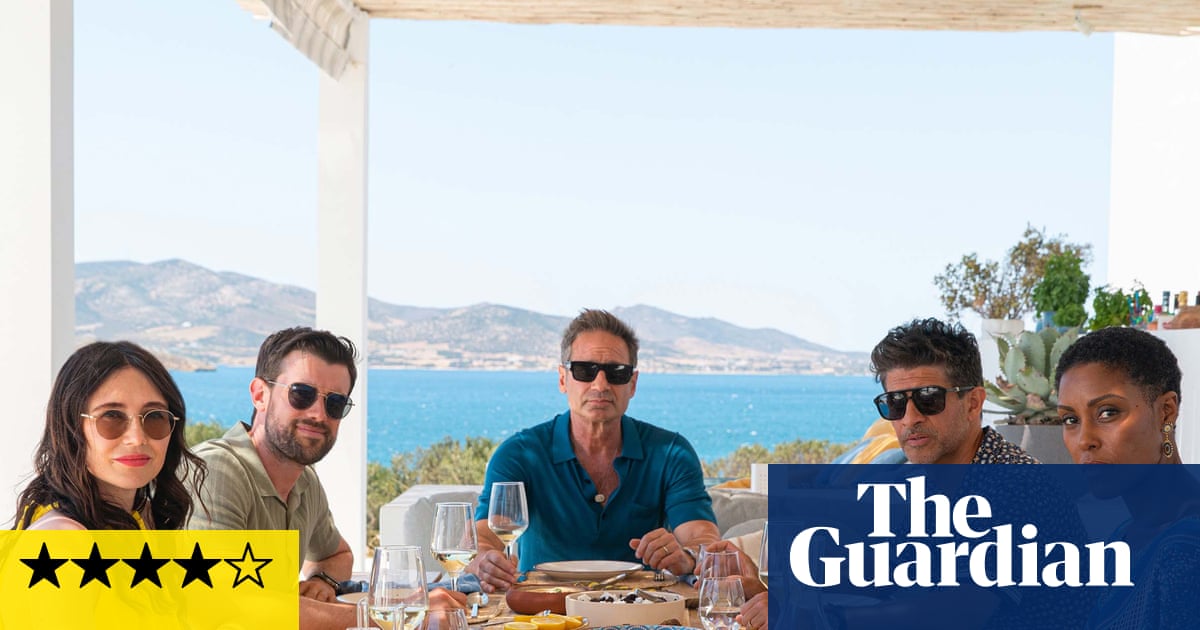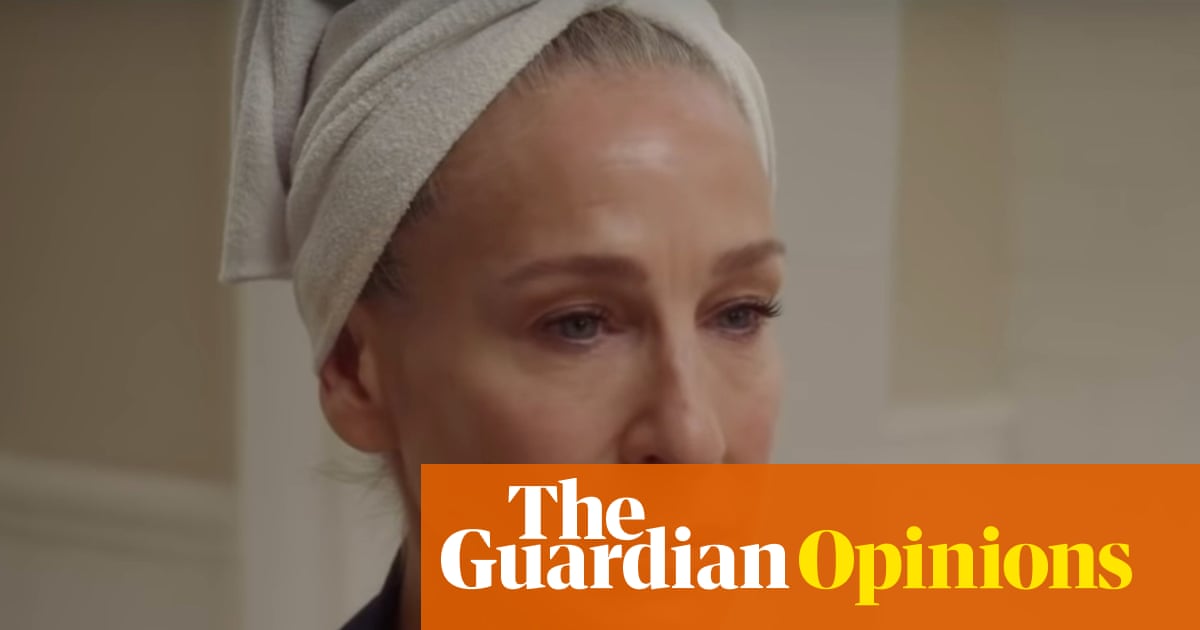It began in the small Catalan town of Taradell as a plan to provide local people with allotments where they could grow their own food.
Four activists came together with the aim of promoting good environmental practices in local agriculture and business, as well as supplying renewable energy. The project, however, was about much more than growing vegetables.
The town has a strong tradition of community action, and as the initiative gathered momentum, the activists formed a cooperative, Taradell Sostenible, which now has 111 members and supplies power to more than 100 households. These include some of the area’s most vulnerable citizens, says Eugeni Vila, the coop’s president. “The question was how could people with few resources join the coop when membership costs €100,” says Vila. “We agreed that people designated as poor by the local authority could join for only €25 and thus benefit from the cheap electricity we generate.”
Taradell Sostenible have installed solar panels on the roofs of a sports centre and a cultural centre to supply electricity to the community, with funding from the government’s Institute for the Diversification and Saving of Energy (IDAE), which is working to expand energy communities across the country.
“We’re very proud of the fact that IDAE describes us as pioneers,” says Vila. “The EU’s Next Generation funding, which we got through IDAE, helped us to complete these two projects.”
Once they were up and running, they realised they needed more professional management, so in 2022 they combined forces with other local energy communities.
Renewable energy is flourishing in Spain, a country with no gas or oil and little coal of its own, but an abundance of sunshine. For years, solar installation was held back by the notorious “sunshine tax” introduced in 2015. Rather than reward individuals for installing solar power, the government taxed them after the big power companies successfully argued that energy self-sufficiency amounted to unfair competition.
That tax was abolished in 2018, and energy self-sufficiency, mainly through photovoltaic panels, has increased 17-fold, according to the IDAE. The institute is now turning its attention from subsidising solar installations on individual homes to prioritising energy communities such as Taradell, with initial funding of €148.5m (£130m) earmarked for 200 projects.

Environmentalists have long advocated the spread of energy communities, in which solar panels on the rooftops of government buildings, warehouses and sports facilities supply electricity to nearby homes and business. Until recently, this was limited to a 500 metres radius, but that limit has now been extended to 2,000 metres – and it is taking off across the country, thanks to government support channeled through the IDAE.
The institute’s policy aims to bring cheap electricity to households suffering from pobreza energética (fuel poverty) who cannot afford the upfront cost of installing solar panels – typically €5,000-6,000 for each household.
The institute defines fuel poverty as low-income, energy-inefficient households where a high proportion of income is spent on energy supply.
As well as fostering the development of energy communities, the IDAE encourages the communities to talk to each other, to form a patchwork of autonomous but integrated groups. Taradell has now teamed up with two nearby energy communities in Balenyà and La Tonenca.
“We’ve developed a formula to help people who are struggling to get by through incorporating them into a network that helps them to improve their situation,” he says. “We’ve taken advantage of the EU Sun4All scheme to develop a system to assess who are the vulnerable families, and not just in terms of fuel poverty.” The Sun4All project, which finished last year, was an EU project supporting solar power projects that helped low income families.
after newsletter promotion
On the other side of the country, 1,150km (715 miles) away, the island of Ons off Spain’s Atlantic coast is also in line to benefit from the new IDAE policy. Ons, population 92, will soon be able to do away with the generator that has been its only source of electricity and replace it with solar power.
“With these subsidies, we’re going to install solar panels on the local authority buildings to supply energy to the islanders, most of whom are elderly and vulnerable,” said José Antonio Fernández Bouzas, the head of the Atlantic Islands national park.
The Galician regional government has already installed solar panels on the nearby Cíes Islands, helping local businesses to dispense with diesel-run generators.
“These are protected areas and we want them to be self-sufficient in energy,” Bouzas said.
In addition to supplying cheap and clean electricity, localised energy communities reduce the transportation costs and pollution associated with large solar and wind farms. They also make a lot of sense in a country where 65% of the population live in apartment blocks rather than individual houses.
This localised, community approach may also make the country’s grid system less vulnerable to events such as the massive blackout on April 28 this year which left all of Spain and Portugal without electricity for most of the day.

 2 hours ago
5
2 hours ago
5
